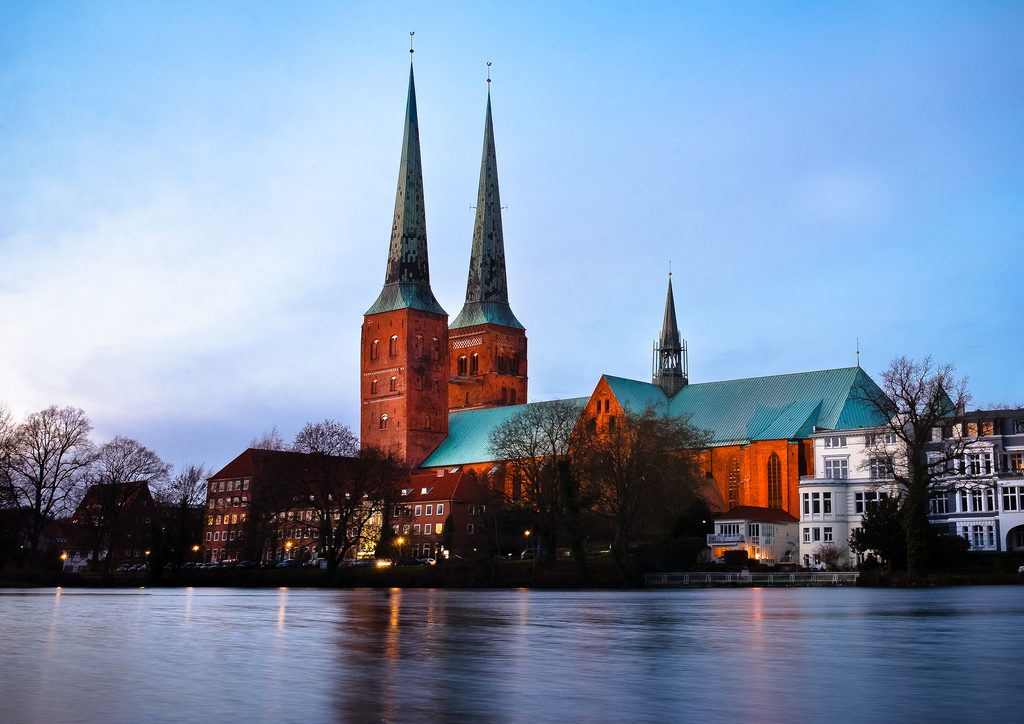
Gothic spires rising higher and higher until they pierce the sky, medieval gables made up of red-colored bricks, and different harbors will remind you of a once powerful trade alliance. Back in time, a huge group of cities made up The Hanseatic League in order to promote trade, and to protect mutual interests and each other from invasions. Nowadays, they have become a chain of cities that you must visit, so pack your things up and prepare yourself to take a look at the former German Hanseatic cities that have not only kept their maritime heritage, but are also wonderful places to explore.
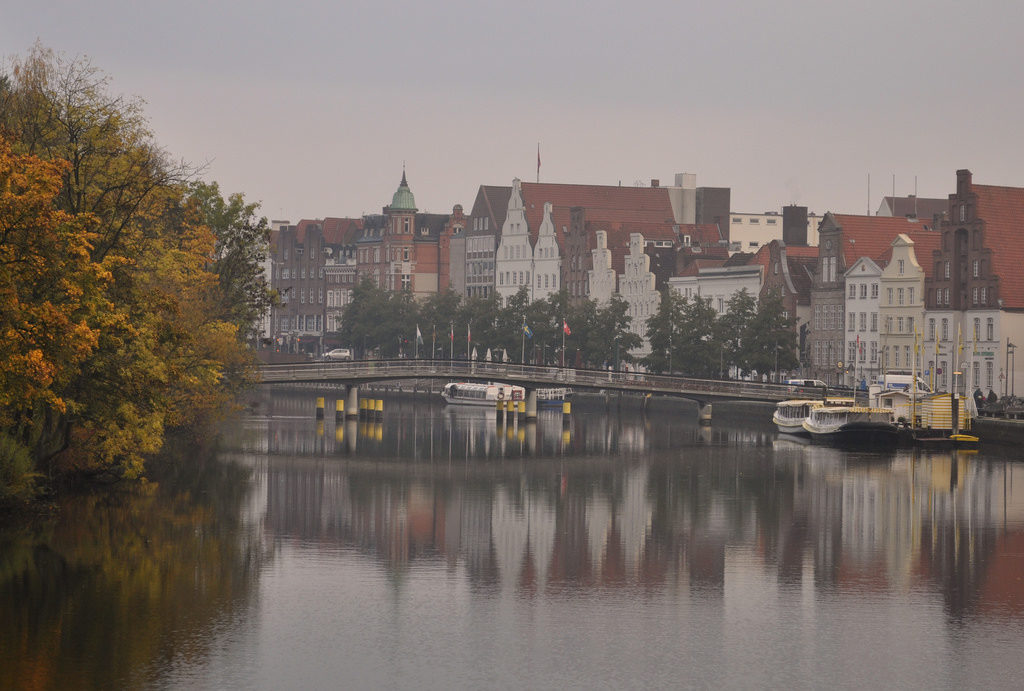
From Bremen, the road heads towards the Baltic coast to Lübeck, where you will see the astonishing Holsen Gate that stands as the best proof of the city’s prominence in the Hansa, which was a powerful trading alliance between medieval cities. The architecture of this place will make you feel like you traveled to the past, and the atmosphere of the old town with its old brick and stone patrician houses contribute to that feeling. Also, many courtyards and private gardens are open to visitors.
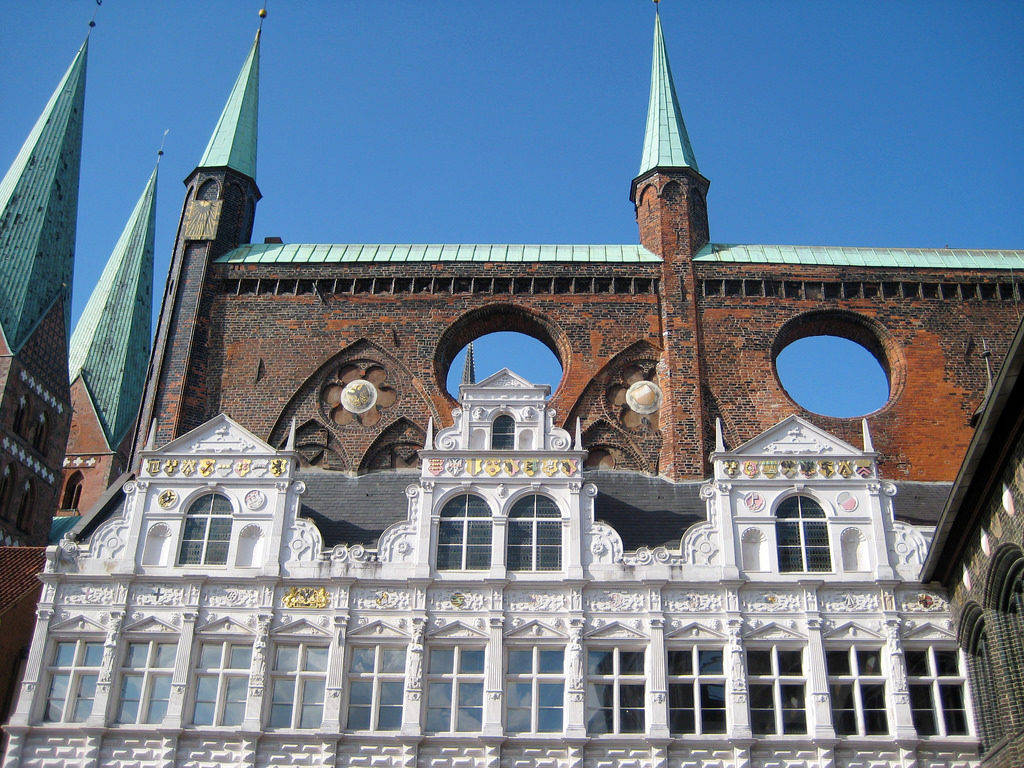
Carry on farther east, and once you reach Wismar, you will see gabled houses that were influenced by the Swedish, along with a neoclassical town hall and a Dutch Renaissance-style pavilion. As you walk around this place the pleasant aroma of smoked fish wafts through the air, and once you finished walking through the charming Baltic spa towns, you will reach Rostock, and with its massive gates, fortifications, and imposing gabled houses towering over you, it will definitely leave you speechless.
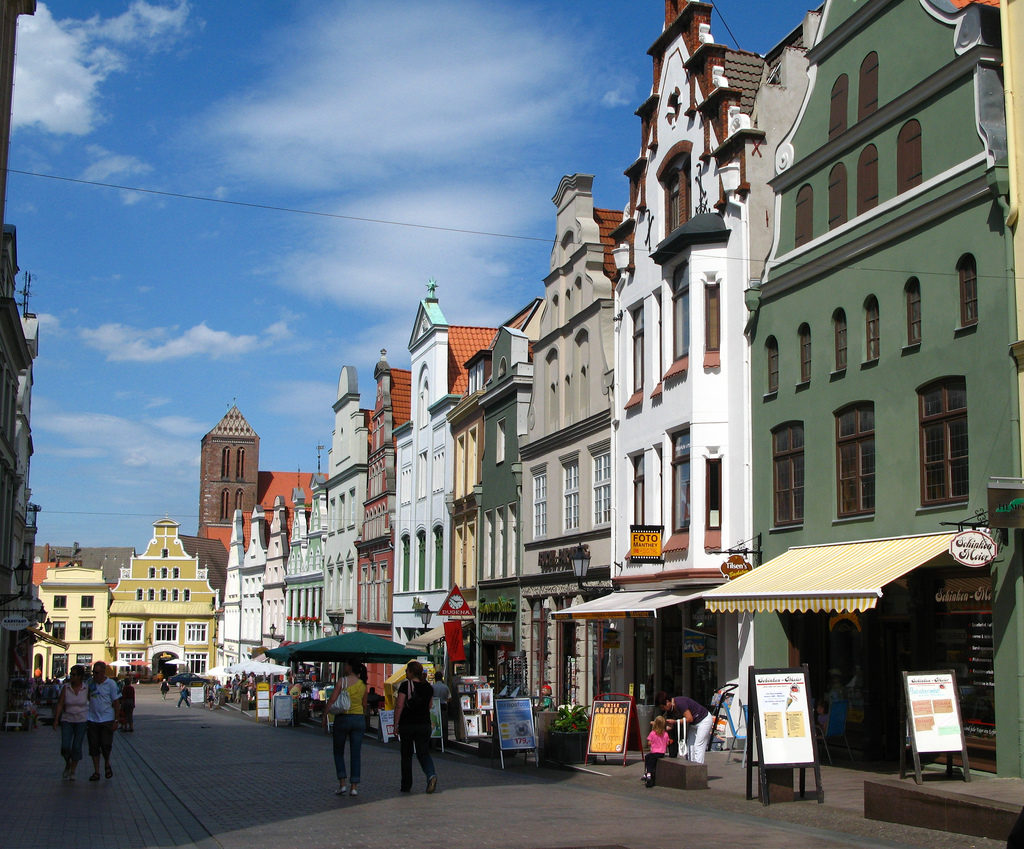
Surrounded by water, you will find the beautiful Stralsund, which is also known as “red town” because of the red-colored bricks that form part of its Gothic architecture. What is curious about those bricks is the fact that each one of them was made by hand. Among the town highlights, you can find canals, warehouses, ruins of what once were massive fortifications, a medieval abbey, and a long list of other historic and important buildings, including the 13th-century Rathaus (town hall).
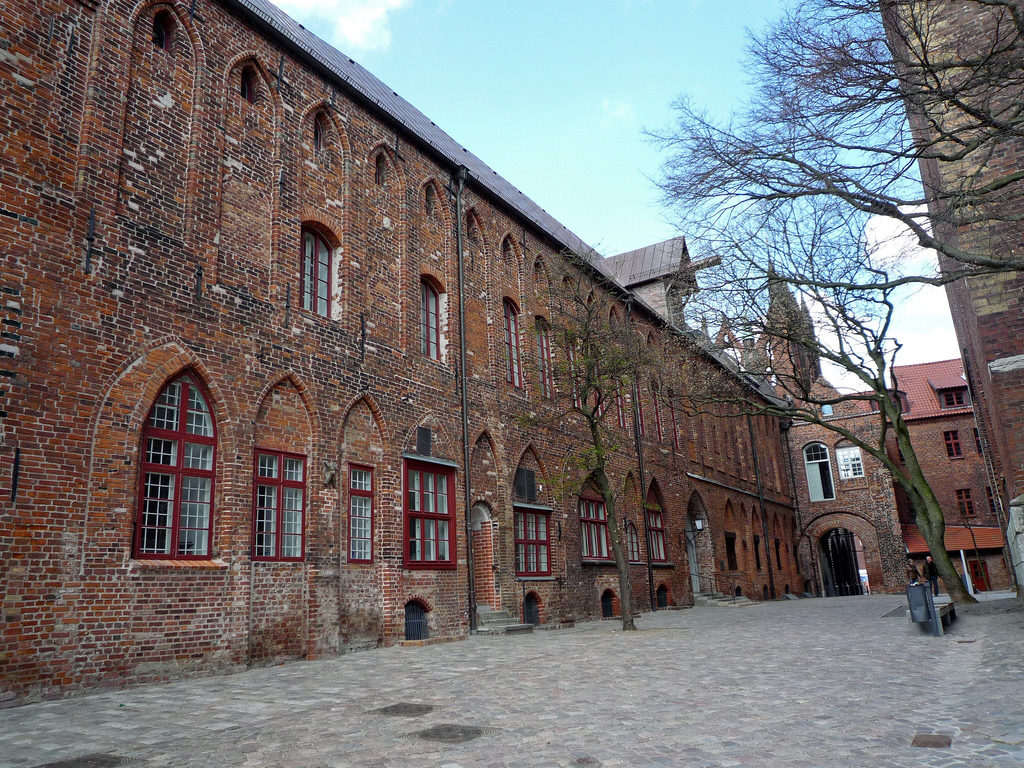
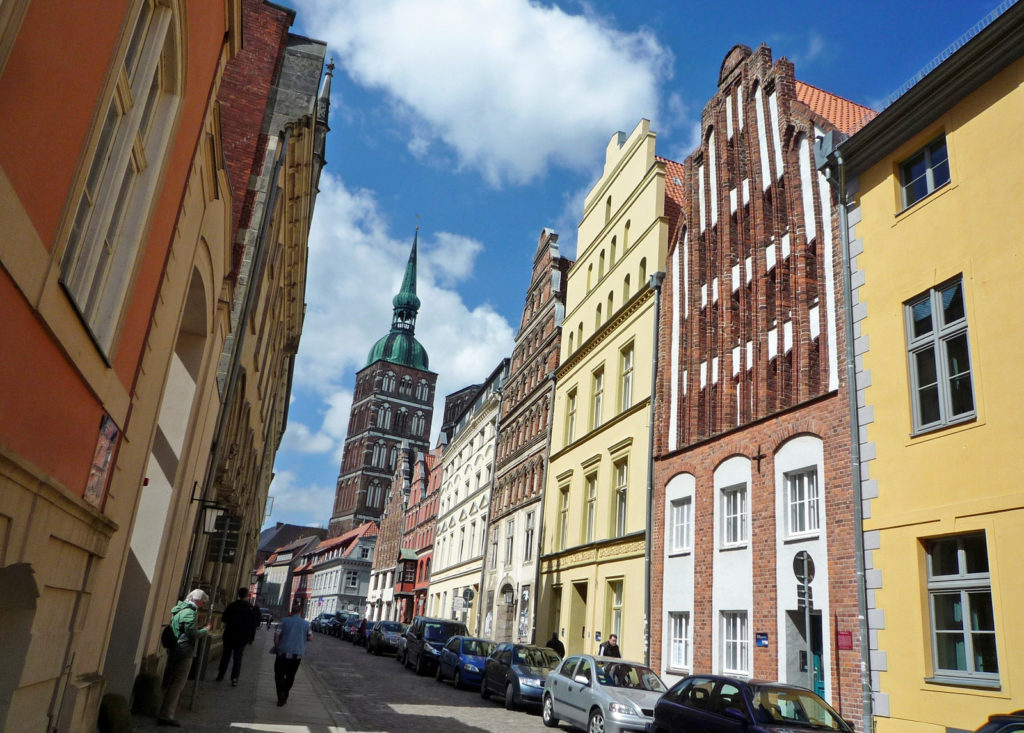
If you want to try something new, then you should definitely drink a cup of freshly brewed coffee in one of the region’s Farmyard Cafés. After serving the coffee, the farmer’s wife or daughter proudly gives you homemade cakes and pies, which are often baked from recipes that passed from generation to generation. Also, during summer, some farms allow you to pick raspberries and strawberries from the fields.

One thing is for sure: just by traveling to the Hanseatic League Cities and by exploring the area, you will get to know a little bit more about their history and their culture. Therefore, this will be an experience that you will never forget.
When to go?
Each season is perfect for visiting this place. On Christmas, colorful markets brighten the chilly winters, while springtime brings festivals and Easter fires in northern Germany. Usually, summer is busier and a lot more expensive because it brings warm long days and short cool nights.
How to find it?
The cities are easily accessible either by train or car. For example, Rockstock is three hours from Berlin and two hours from Hamburg.
Planning
You will need at least three days to cover the route of around 310 miles (500 km).
Websites
If you loved this article or found it useful, don’t forget to share it with your adventurous and travel-hacking friends! If you want more post like this, follow us on Youtube, Instagram, Pinterest, Twitter or Facebook and subscribe to our newsletter!

